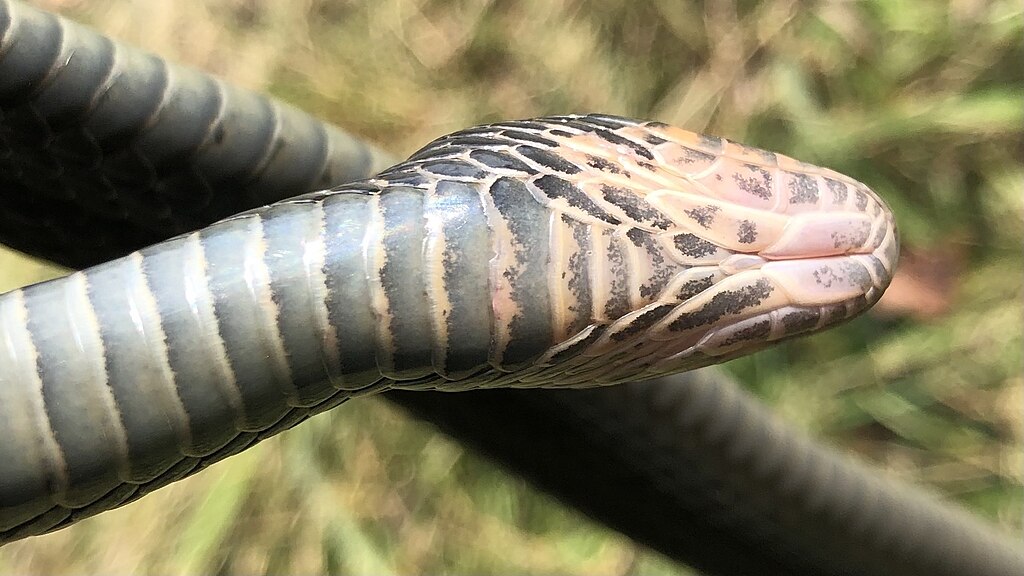In the shadowy realm of reptilian cognition, snakes have long been misunderstood creatures. Often dismissed as primitive beings driven purely by instinct, these legless reptiles actually display fascinating behaviors that hint at more complex cognitive abilities than previously recognized. The sinuous movements and flickering tongues of snakes aren’t just captivating to watch—they’re windows into a different kind of intelligence that has evolved over millions of years to help these animals survive in diverse environments across the globe. Recent scientific research has begun to unveil the surprising sophistication in snake behavior, challenging our preconceptions about reptilian brains and forcing us to reconsider what intelligence means across different evolutionary paths.
The Evolutionary Perspective of Snake Intelligence
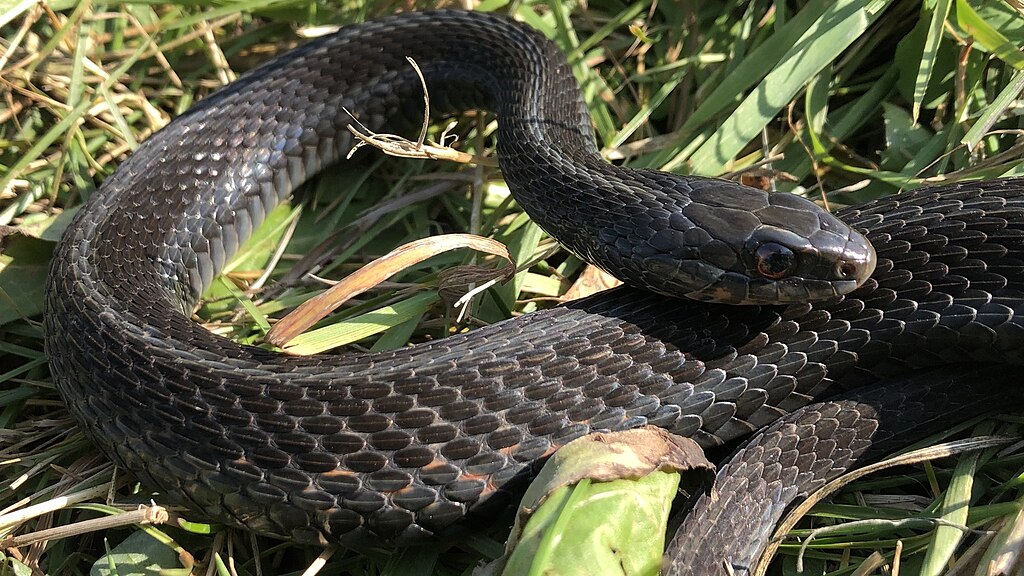
Snakes have been evolving for approximately 100 million years, developing specialized adaptations that allow them to thrive despite lacking limbs. Their form of intelligence differs markedly from mammals, having evolved to address specific ecological challenges rather than for general problem-solving capabilities. This specialized intelligence manifests in behaviors precisely tuned to their survival needs—hunting, defense, reproduction, and navigation. The snake brain, while seemingly simple compared to mammalian brains, contains all the neural machinery necessary for complex behavioral responses to environmental stimuli. Understanding snake intelligence requires us to step outside the mammal-centric view that prioritizes learning and problem-solving abilities commonly observed in animals like primates and corvids.
How Snakes Process Sensory Information
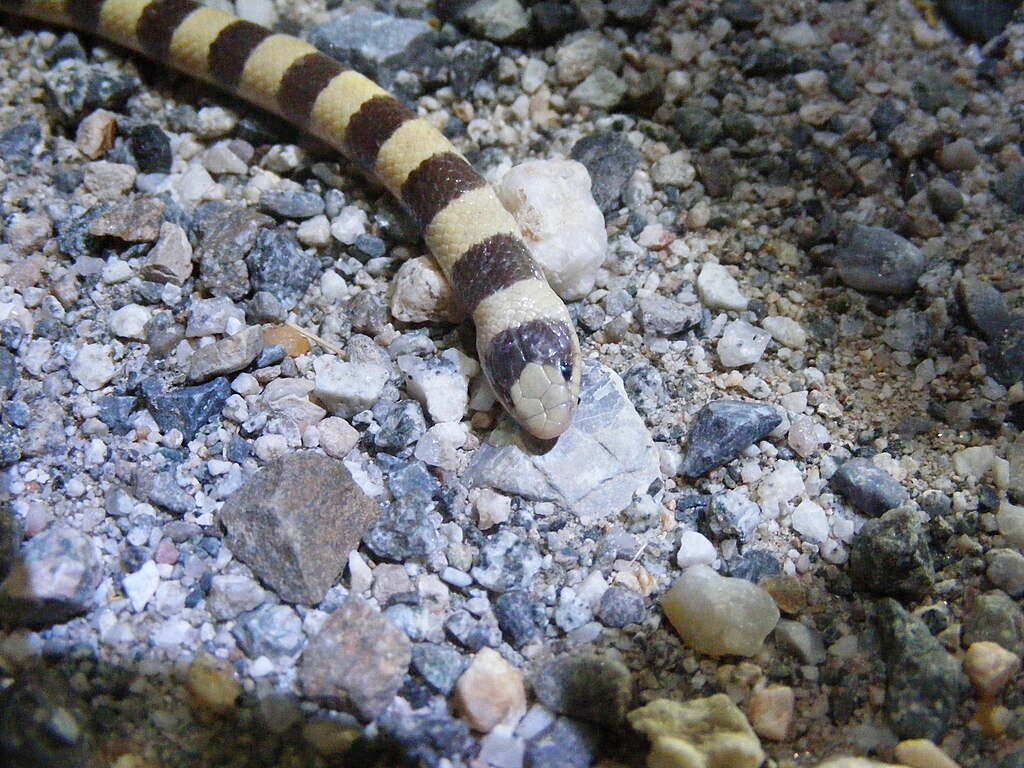
The sophisticated sensory systems of snakes reveal much about their cognitive capabilities. Unlike humans who primarily rely on vision and hearing, snakes integrate information from multiple specialized sensory modalities, including their famous forked tongues that collect chemical particles for the vomeronasal organ, infrared-detecting pit organs in some species, and ground vibration detection. This multisensory integration requires significant neural processing that belies the notion of a “simple” reptilian brain. When a snake flicks its tongue, it’s essentially creating a three-dimensional chemical map of its surroundings, discriminating between prey, predators, and potential mates with remarkable precision. The ability to process and respond appropriately to this complex sensory information demonstrates a form of intelligence uniquely suited to their ecological niche.
Hunting Strategies and Predatory Intelligence
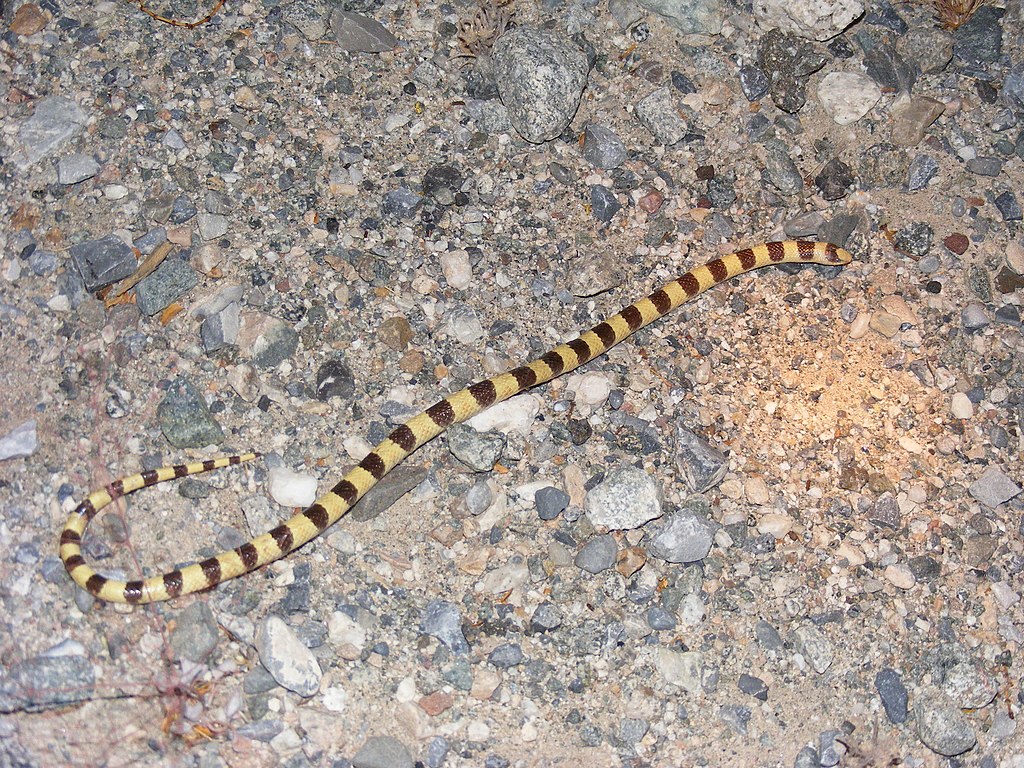
Snake hunting behaviors reveal sophisticated tactical thinking that goes beyond pure instinct. Ambush predators like vipers demonstrate remarkable patience, waiting motionless for extended periods until prey appears, then calculating precise strike trajectories in three-dimensional space. Active hunters like king cobras can track prey over considerable distances using scent trails, showing memory capabilities and spatial awareness. Perhaps most impressive are the constricting strategies of pythons and boas, which involve real-time monitoring of prey heartbeats to determine exactly when an animal has expired, conserving valuable energy by not squeezing longer than necessary. These varied hunting approaches demonstrate that snakes can assess situations, make decisions based on environmental conditions, and even adjust tactics when initial attempts fail.
Spatial Memory and Navigation Abilities
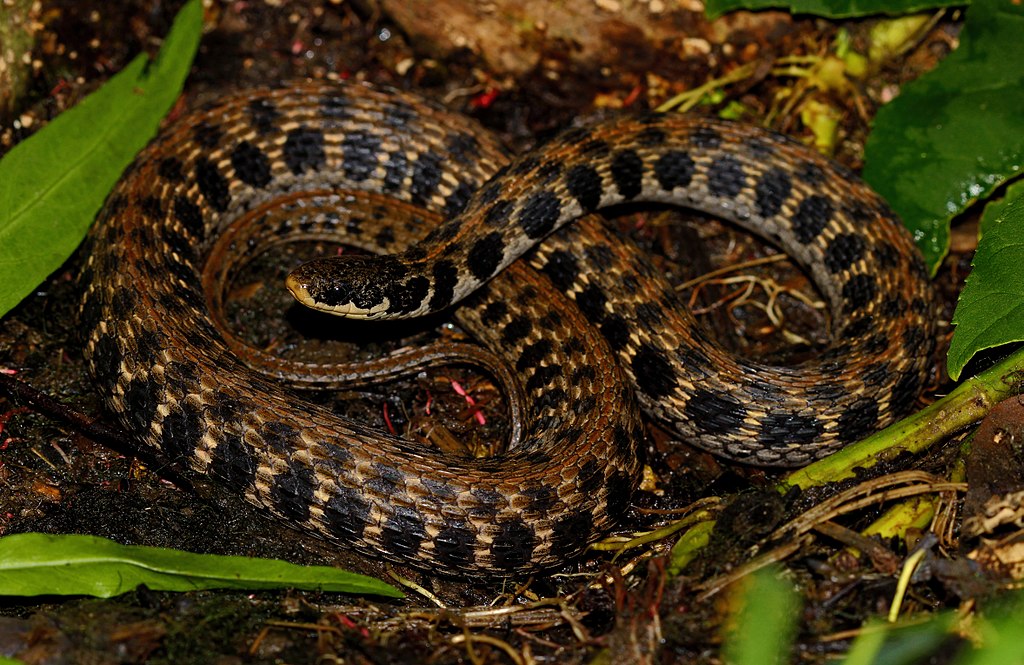
Despite lacking the hippocampal structures that mammals use for spatial memory, snakes demonstrate impressive navigational abilities. Research has shown that many snake species can return to specific shelters, basking sites, or hunting grounds over considerable distances, suggesting they create and maintain mental maps of their territories. Female pythons exhibit remarkable spatial memory when returning to suitable nesting sites across breeding seasons, sometimes navigating back to the exact same location years apart. Rattlesnakes in northern climates can remember migration routes to and from hibernation dens, following precise paths across challenging terrain. These navigation abilities indicate that snakes possess specialized memory systems that allow them to encode, store, and retrieve spatial information—a hallmark of cognitive sophistication.
Learning and Adaptability in Snakes
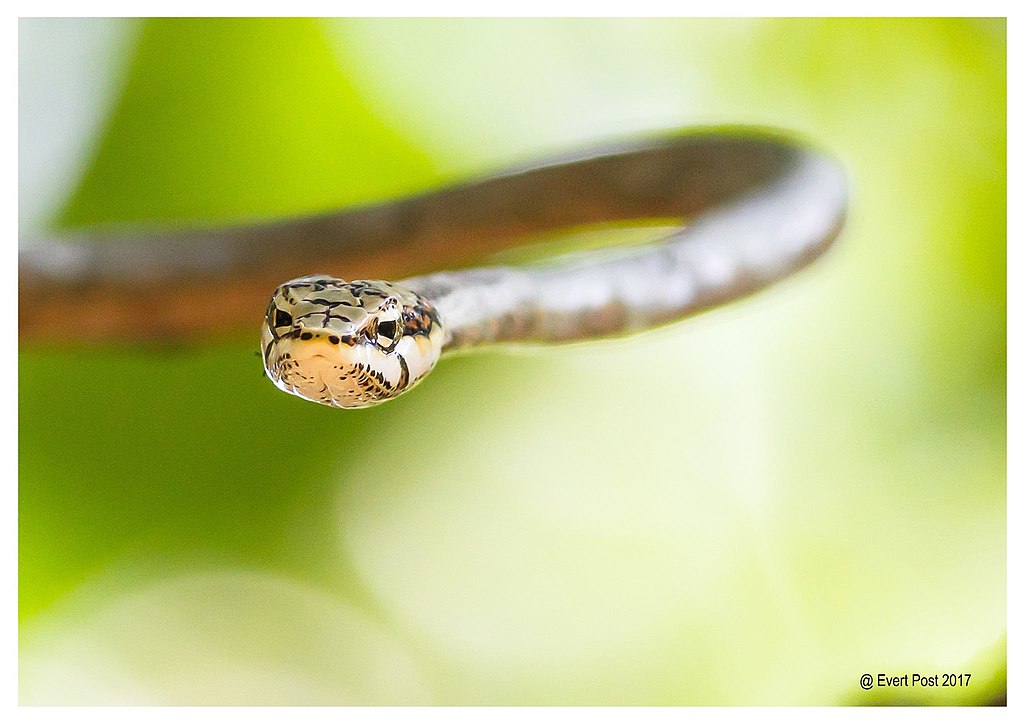
Contrary to popular belief, snakes show impressive learning capabilities that allow them to adapt to changing conditions. Laboratory studies have demonstrated that snakes can learn to associate neutral stimuli with rewards, showing classical conditioning similar to other vertebrates. More impressively, captive snakes often modify their defensive behaviors over time, learning that certain human interactions don’t pose threats and reducing defensive displays accordingly. Wild snake populations have shown rapid behavioral adaptations to novel threats, such as invasive cane toads in Australia, with some predatory snake species learning to avoid these toxic prey within just a few generations. This adaptability suggests neural plasticity and information processing that exceeds what we’d expect from creatures operating on “pure instinct.”
Snake Social Behavior and Recognition
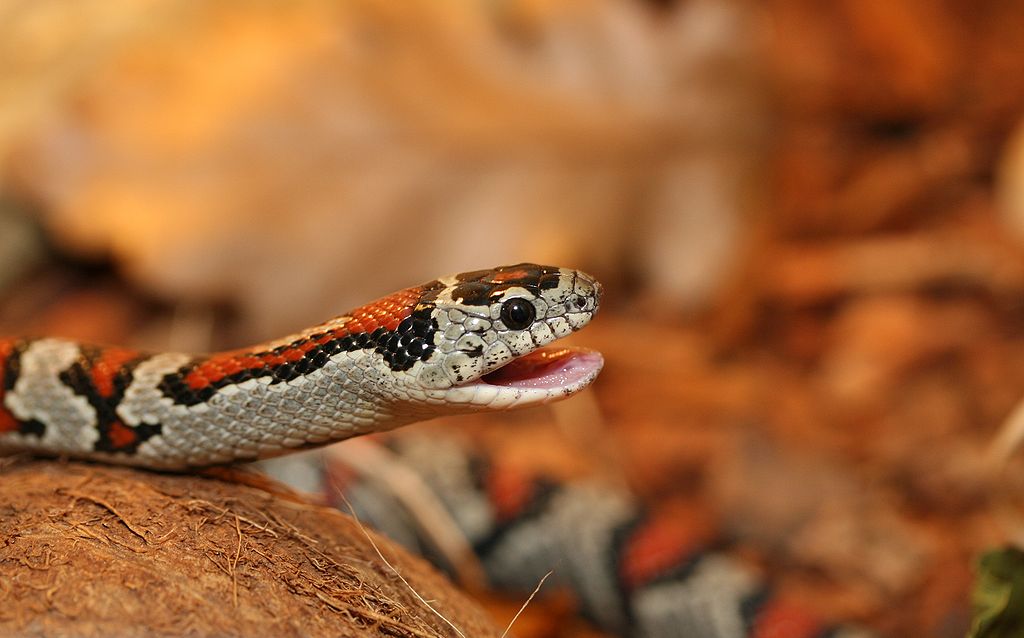
While snakes aren’t typically considered social animals, research has unveiled surprising social dimensions to their behavior that hint at more complex cognitive abilities. Some species demonstrate kin recognition abilities, with mothers remaining with eggs or young in species like pythons and rattlesnakes, suggesting some form of social recognition. Studies have shown that garter snakes can recognize and preferentially associate with familiar individuals, particularly relatives, indicating a level of social memory. In communal hibernation dens, where hundreds of snakes may gather, individuals appear to navigate complex social dynamics, with males that can recognize receptive females amidst hundreds of others. These social capacities suggest cognitive abilities beyond what’s required for solitary survival and challenge our perception of snakes as asocial creatures.
Problem-Solving Abilities in Captive Snakes
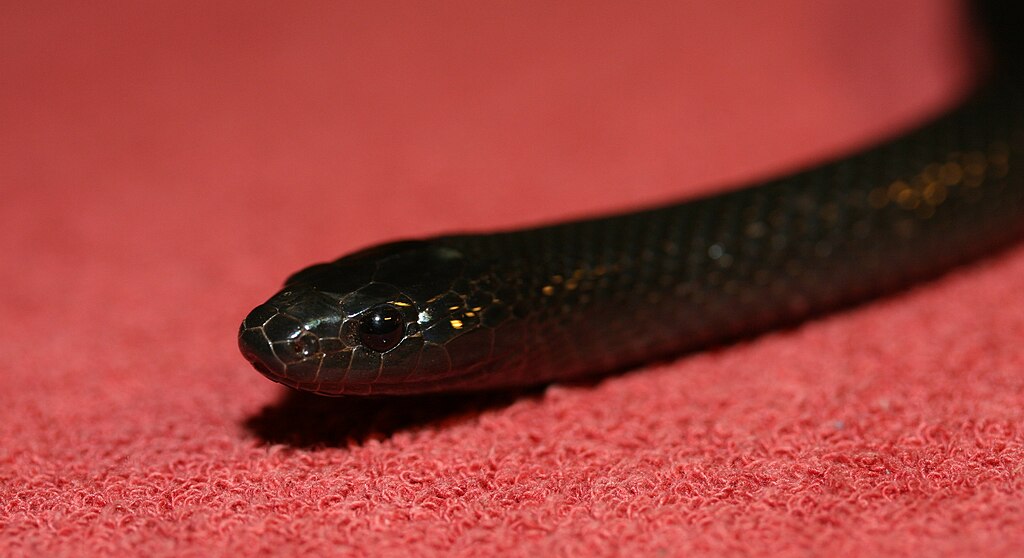
Observations of captive snakes reveal problem-solving abilities that would be impossible without flexible intelligence. Keepers regularly report snakes figuring out enclosure weaknesses, with some individuals repeatedly testing different areas until finding escape routes. Corn snakes have been documented learning to push hide boxes against enclosure walls to create climbing platforms, demonstrating tool use at a basic level. Ball pythons often develop individualized strategies for tackling complex feeding puzzles, showing innovation when faced with challenges. Perhaps most telling is how quickly many captive snakes learn to associate specific keeper behaviors with feeding times, showing anticipatory behaviors only for the person who typically feeds them and not for other human handlers.
Defensive Tactics and Threat Assessment
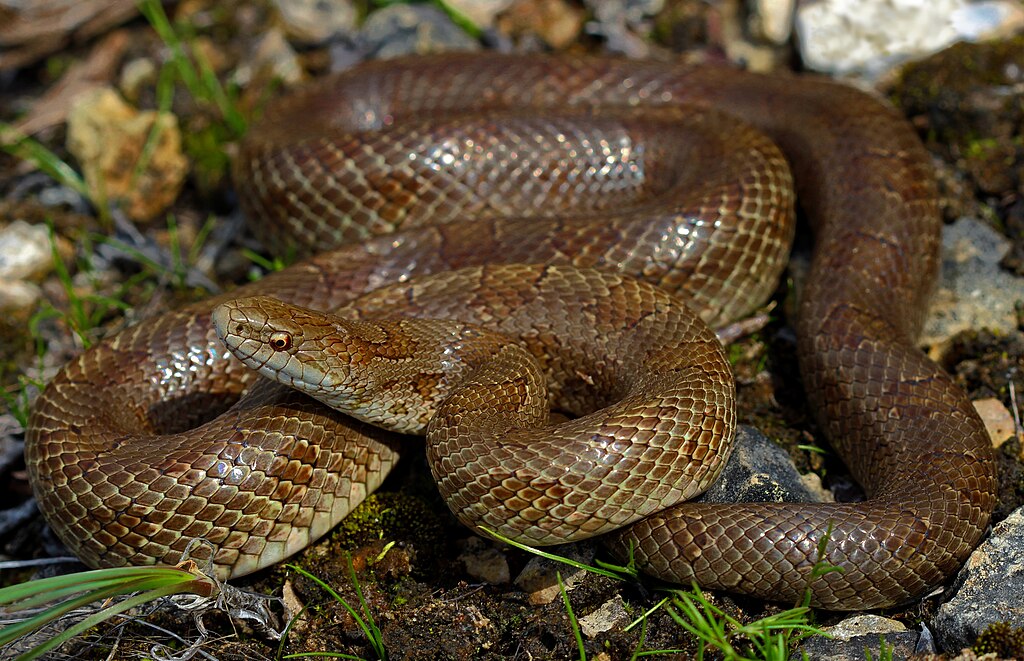
The defensive behaviors of snakes reveal sophisticated threat assessment capabilities that require significant neural processing. Rather than responding identically to all potential threats, snakes typically employ a graduated response system, starting with freezing or fleeing before escalating to defensive displays and striking only as a last resort. This ability to “read” threat levels and respond proportionally conserves valuable energy and reduces personal risk. Many venomous species display remarkable restraint, delivering “dry bites” without venom when threatened by larger animals that aren’t prey—a sophisticated calculation that balances the metabolic cost of venom production against immediate danger. This nuanced defensive decision-making demonstrates a form of cost-benefit analysis that goes well beyond reflexive responses.
Individual Personality and Behavioral Variation
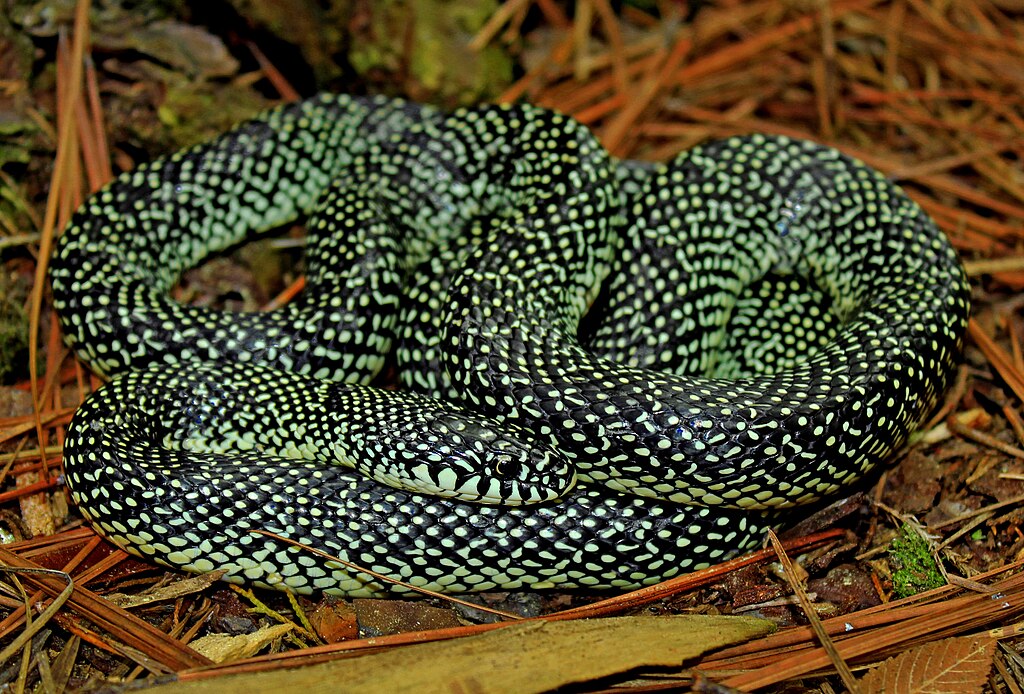
Snake keepers and researchers have long recognized that individual snakes display distinct personality traits, challenging the notion that reptiles are interchangeable automatons. These individual differences manifest in consistent behavioral tendencies—some individuals are naturally bold explorers, while others remain shy and secretive despite identical handling and housing. Research has documented stable individual differences in defensive reactions, feeding preferences, activity patterns, and stress responses across many snake species. Notably, these personality differences often persist throughout the animal’s life and influence how individuals interact with their environment and handlers. This behavioral individuality strongly suggests complex internal states and a level of neurological uniqueness that parallels what we see in mammals, albeit expressed differently.
Emotional Responses and Stress Management
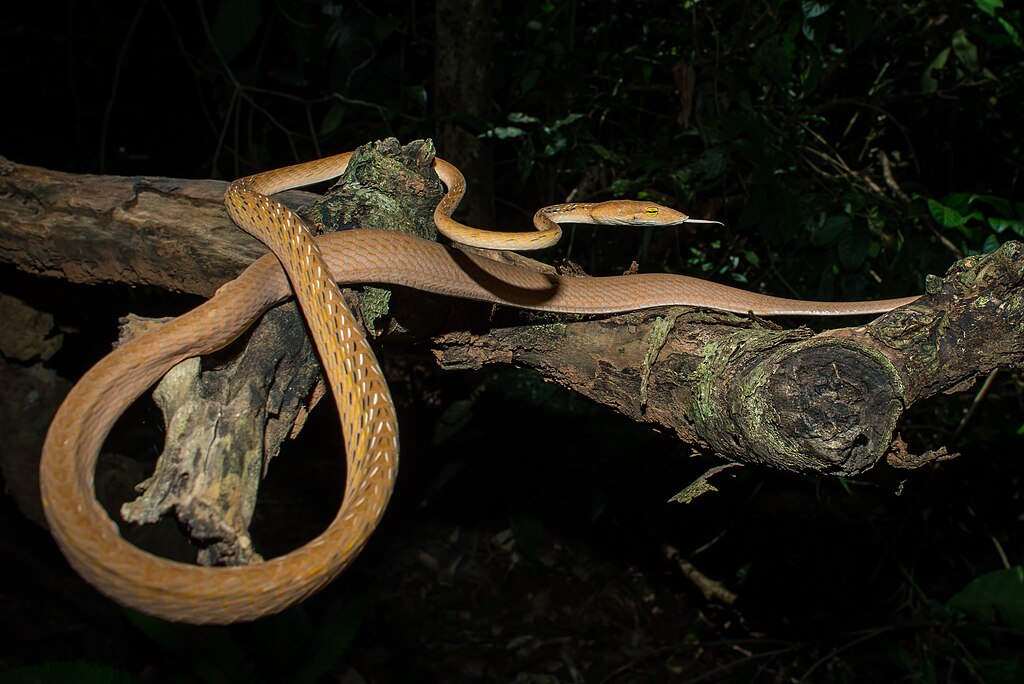
While we should avoid anthropomorphizing snake behavior, evidence suggests they experience basic emotional states that influence their cognition and behavior. Physiological indicators show clear stress responses to threatening situations, with measurable changes in heart rate, hormone levels, and behavior that persist even after the threat has passed. Captive snakes often show preferences for specific environments, handlers, or conditions that cannot be explained by simple stimulus-response mechanisms. Perhaps most telling are observations of snakes displaying what appears to be curiosity—willingly investigating novel but non-threatening objects in their environments without obvious survival benefit. These affective states, while not identical to mammalian emotions, represent internal conditions that modulate behavior and decision-making in complex ways.
Comparative Intelligence Across Snake Species
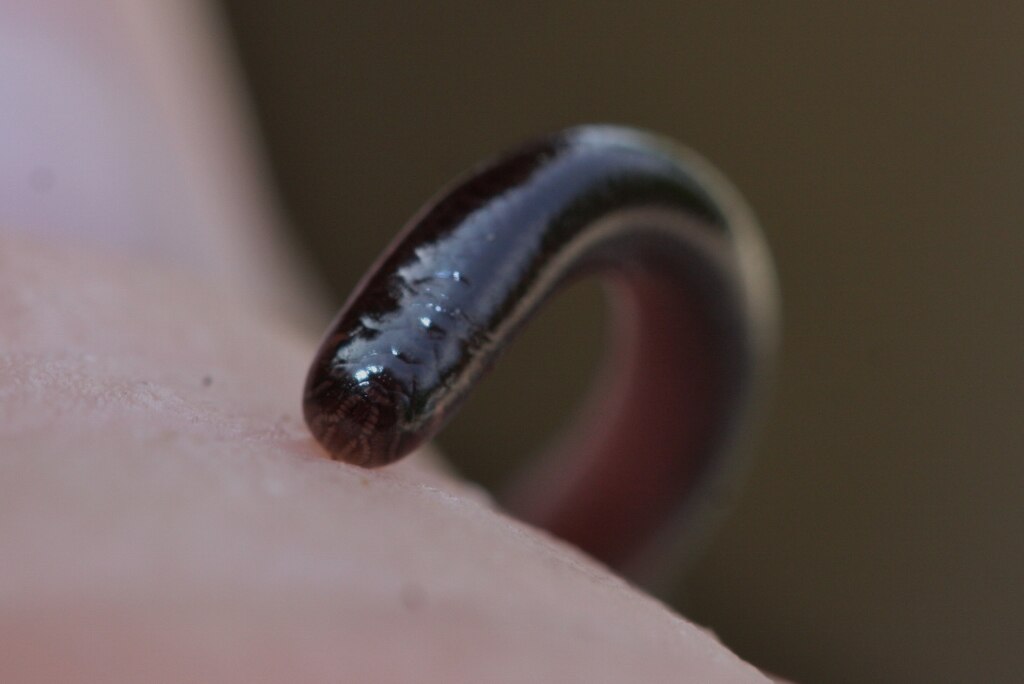
Not all snakes display the same level of behavioral complexity, with significant variation across the more than 3,000 species of snakes worldwide. Active hunters like king cobras and black mambas generally display more complex behaviors and larger brains relative to body size than ambush predators such as vipers. Arboreal species navigating complex three-dimensional environments typically show greater behavioral flexibility than terrestrial specialists. Generalist predators that must identify and capture diverse prey types often demonstrate more sophisticated hunting strategies than dietary specialists. These differences highlight how intelligence evolves to match ecological demands rather than following a single evolutionary trajectory. Understanding these species-specific differences helps us appreciate the diverse ways that intelligence can manifest in these remarkable reptiles.
Implications for Snake Conservation and Welfare
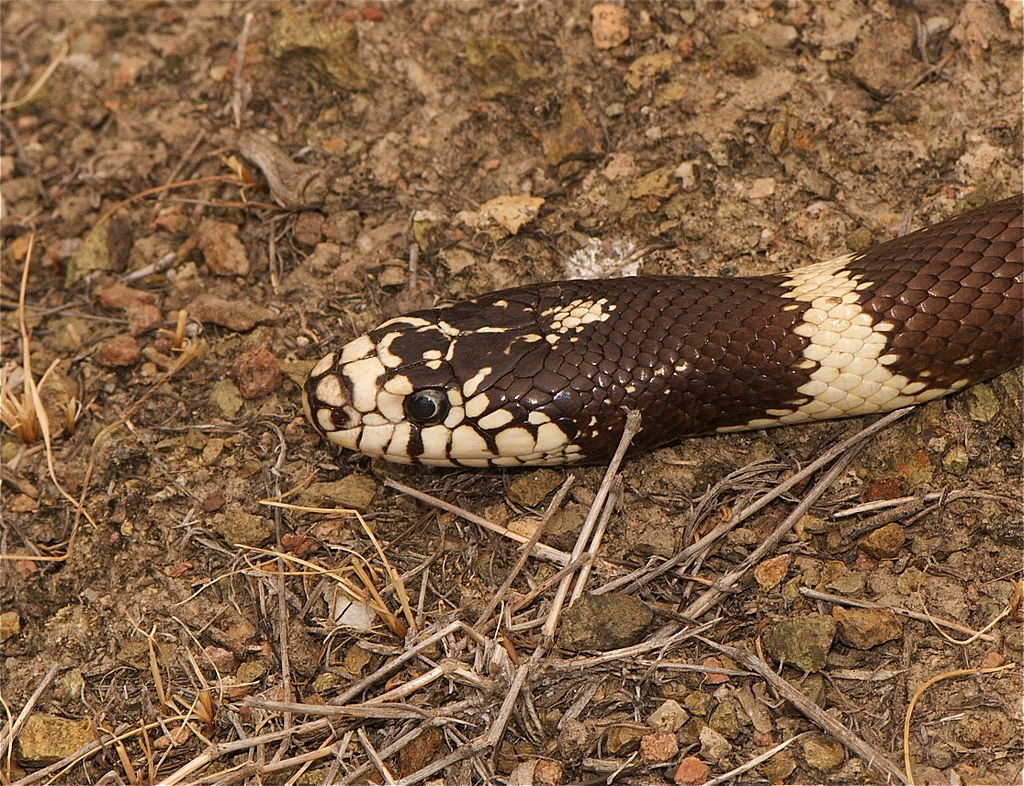
Recognizing the cognitive capabilities of snakes has profound implications for both conservation efforts and captive welfare. Acknowledging that snakes have complex behavioral needs beyond basic survival requirements should influence how we design conservation programs and captive environments. Zoo and private keepers increasingly provide environmental enrichment for snakes, offering complex habitats that allow for exploration, choice, and the expression of natural behaviors. Conservation strategies that consider the behavioral ecology and learning capabilities of threatened snake species are likely to be more successful than approaches that treat them as simple reflexive organisms. By shifting our perspective on snake intelligence, we open the door to more effective, evidence-based approaches to protecting these often misunderstood reptiles in both wild and captive settings.
In conclusion, the behaviors of snakes reveal a form of intelligence that differs from our mammalian-centered understanding but is no less impressive in its evolutionary context. Through their hunting strategies, spatial memory, learning capabilities, and individual personalities, snakes demonstrate cognitive abilities finely tuned to their ecological niches and survival needs. As research continues to unravel the mysteries of reptilian cognition, we’re discovering that these ancient animals possess neural sophistication that belies their seemingly simple brains. By appreciating snake intelligence on its own terms—not as a lesser version of mammalian intelligence but as a different evolutionary solution to environmental challenges—we gain a deeper understanding of cognitive evolution and the diverse manifestations of animal intelligence across the tree of life.

